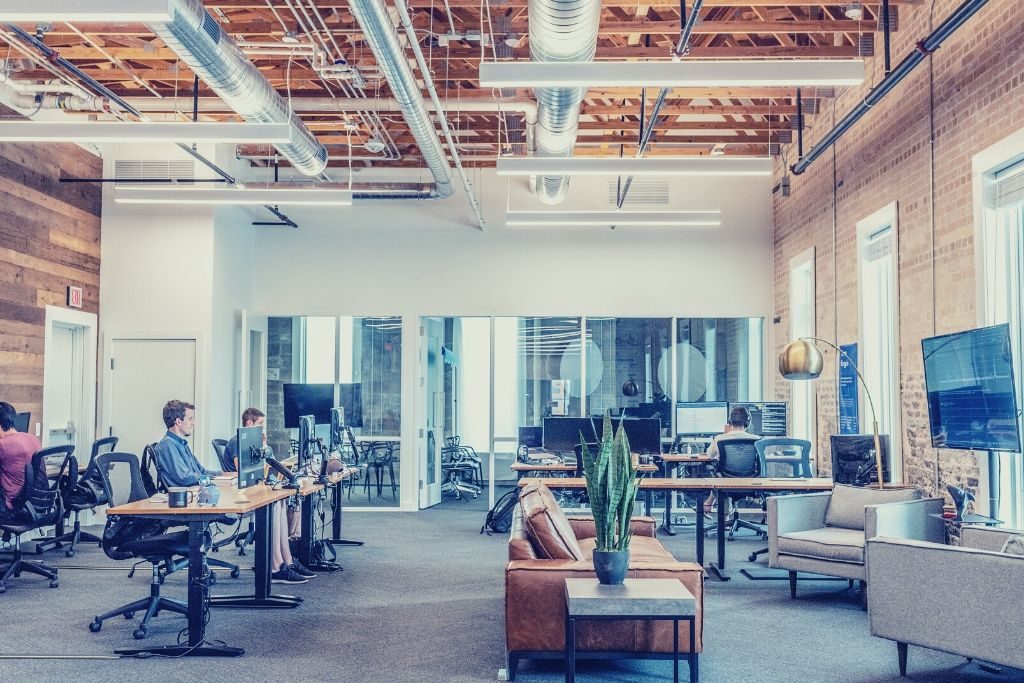In the last decades, the world of work went through dramatic changes. Remote working, digital communication, and flexible hours make for an unprecedented modern workplace. At first blush, these developments might seem like they’re making office buildings irrelevant. After all, between 2005 and 2015, the number of the telecommuters increased by 115 percent in the United States alone, when other countries are also following the course.
Remote work continues to revolutionize employment and there’s no doubt about its manifold advantages. However, many companies also feel it’s impossible to replace the value of in-person communication and collaboration.
Without the aid of body language or voice tone, miscommunications happen: remote workers are more likely to report feeling that colleagues mistreat them or exclude them. Not being in the same physical space as colleagues can also decrease morale and certain types of creativity. However, innovative office buildings are rapidly iterating to make physical space as dynamic and versatile as today’s professionals.
Open Offices Open Doors
The first modern-day co-working space opened in 2005, and today, there are an estimated 35,000 flexible workspaces around the world. The industry is worth $26 billion and is forecast to grow at an annual rate of 13 percent over the next few years.
A few trends are driving this change: shared workspaces mean that companies can share costs, such as when startups with only a few employees share kitchens or common areas with other companies. About 16 percent of the United States’ workforce works remotely at least part of the time, which means that buildings are also increasingly using pay per use policies. This allows building owners to rent out space on evenings or weekends or for companies with part-time employees to split rental prices.
Design and technology bolstered this transformation. Today, building access can be controlled digitally without cumbersome and time-intensive sign-in procedures. Flexible room partitions also mean that privacy can coexist with collaboration and that each space can be a perfect fit for the individual needs of every company.
Design Matters
Given that employees spend approximately a third of their days in their workplace, office design is a crucial part of success for companies. Unsurprisingly, studies show that office design impacts anything from the sick leave rates to employees’ loyalty to the company.
The modern, flexible workspace is well-designed and safe, boosting well-being, mental health, and positive work outcomes. Access to natural light and collaborative spaces improves employee satisfaction and productivity. It also signals to investors and potential partners confidence and company values.
Many companies chose modern, flexible working spaces because it’s easier to maintain good design when a company expands and contracts. Startups can grow from three employees to three hundred employees in a few years. During lean times, a well-designed, modular office space means that employees don’t have to be surrounded by empty desks or unused areas, which can increase anxiety.
The next decades are set to keep introducing dramatic changes in work around the world with ingenious technology and innovations. However, there’s no doubt that some things stay the same: the need for constant optimization, openness, and happy employees for the best outcomes. While office buildings are far from becoming obsolete, they need to adjust to the increasingly flexible and innovative nature of modern work.






